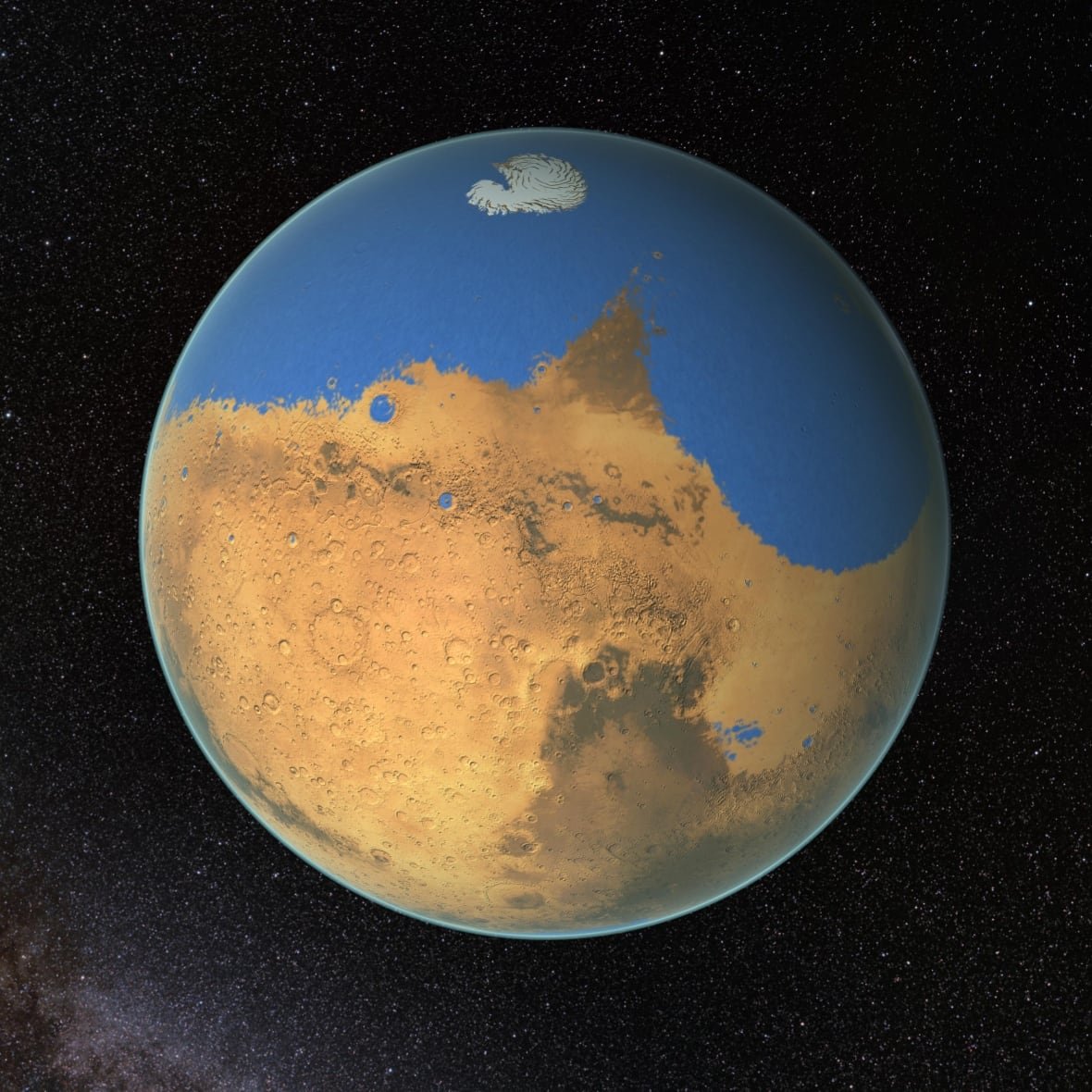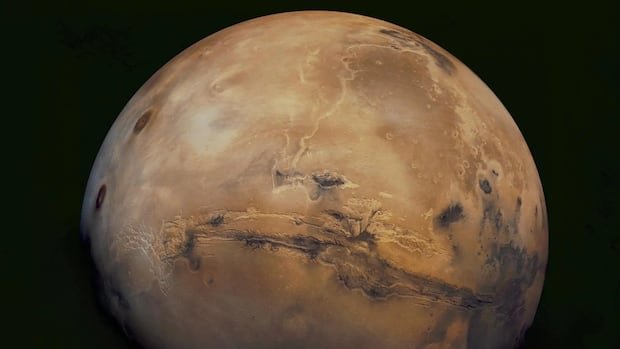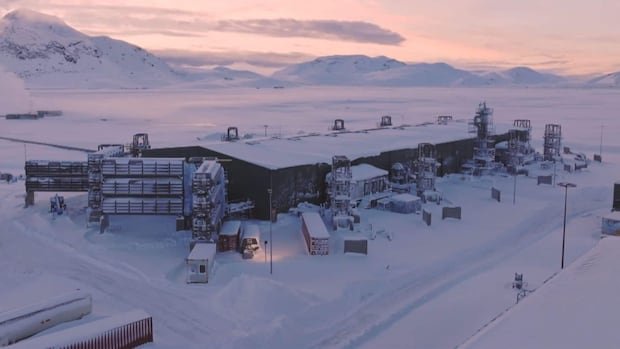A new study led by a University of Calgary scientist has found evidence that suggests Mars once had a carbon cycle, giving further support for the past habitability of the red planet.
Using data collected from the Mars rover Curiosity, a team of scientists found an iron carbonate mineral called siderite in the planet’s Gale Crater.
It’s believed that this mineral formed through the process of water evaporating, and then being deposited in pores on the Martian surface.
These findings around the sequestration of CO2 suggest that 3½ billion years ago, Mars had a very thick atmosphere and flowing water, making it a habitable environment.
The finding of sederite was surprising, the scientists said, particularly because orbital measurements taken by satellites hadn’t been able to detect any siderite.
“[The samples] contain CO2, which we’ve been predicting for decades that should be there, but they weren’t necessarily forthcoming in most of the missions to date,” said Ben Tutolo, the paper’s lead author and an associate professor at the University of Calgary’s faculty of science.

Earlier orbital data had found magnesium sulfates, Tutolo said, more commonly known as epsom salts here on Earth.
“Then when we get there on the ground with the drill, we find that it contains more siderite than any deposit that’s ever really been investigated on Mars,” Tutolo said. “So that’s a surprise, right?
“And then we have to go back: Did all of those [scientists] that were doing all this very careful work, looking at this data, miss something?”
The answer was no: It was simply that the siderite was masked by the magnesium sulfate salts.
These new findings are a testament to the value of the Curiosity rover, said Chris Herd, a planetary geologist and professor at the University of Calgary who was not involved in the study. Since landing in 2012, the car-sized rover has travelled more than 33 kilometres across the red planet’s surface, collecting rock, soil and air samples.
“The rover has been going for over 12 years now and still going strong,” he said.
“It’s a testament to the team itself, to the science team, that they’re able to continue to get such great data. And not just get the data, but actually make use of it, interpreting it in a very meaningful way.”
Life on Mars?
Though conditions were right for a habitable environment on Mars, it doesn’t mean it was steadily habitable.
“Even though these sediments in Gale Crater were laid down about 3½ billion years ago, the planet’s about 4½ billion years old. It didn’t have continually habitable conditions,” explained Tutolo.

Instead, some theorize that the conditions went back and forth between habitable conditions, to dry, inhospitable conditions.
“It seems like whenever the water was present on the surface of Mars, more likely than not, that water was habitable — it was capable of originating life,” Tutolo said.
“The question is, if life originated, but then you go back into these conditions, at least periodically, that are not habitable, what does that mean for the long-term evolution of Mars and the potential that it ever originated life?”
Closer to home
Carbon sequestration — taking carbon out of the atmosphere and putting it underground — is something that various companies and institutions are looking at here at home.
On Earth, it happens naturally. But due to plate tectonics and our carbon cycle, it’s largely balanced: We release and store more or less the same amount. But Mars’ carbon cycle is imbalanced, meaning more carbon was stored than was released, unlike our own carbon cycle here on Earth.
However, due to humans releasing greenhouse gases into the atmosphere, it’s now become imbalanced here on Earth, which is why scientists are trying various ways of carbon capture.
The world’s largest direct air capture and storage facility, designed to pull carbon from the air and trap it underground, will come online in May. The plant, called Mammoth, is housed in Iceland, but industry experts say Canada could play a major role in the future.
Tutolo is one of those scientists, getting a PhD by working on carbon-dioxide sequestration as a climate change solution.
“So, thinking about capturing carbon dioxide at point sources, such as natural gas or coal-fired power plants, and injecting it deep underground so that it doesn’t warm the atmosphere,” he said.
“To me, it’s really quite fulfilling to take that same knowledge base and apply it to the history of carbon sequestration and climate change on Mars.”
Meanwhile, Herd is excited about the next steps to confirm habitability on Mars. He’s a member of the NASA Mars 2020 Perseverance rover mission, which is seeking to return Mars samples to Earth, though its plans have been temporarily paused amid ballooning costs and stretched timelines.
“I think that’s the next-level type of analysis that could be done — [that] needs to be done,” he said. “In labs on Earth.”
For Tutolo, he says he’s happy to continue seeking climate solutions here at home, while also working toward a better understanding of Mars’ past climate.
“The nice thing about Mars is that there’s so many unanswered questions that it’s hard to be bored.”






